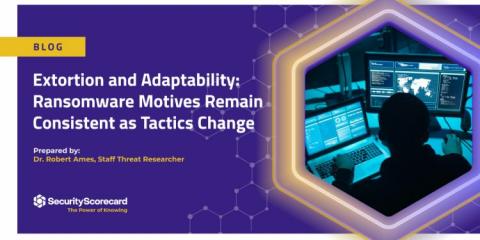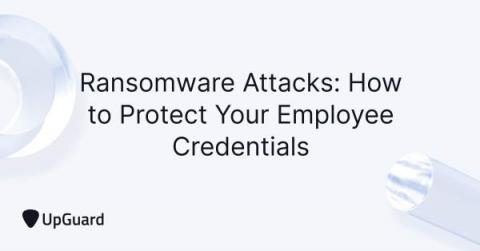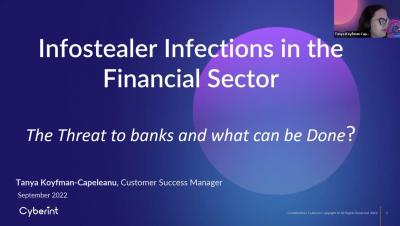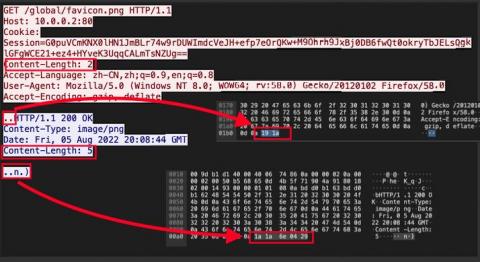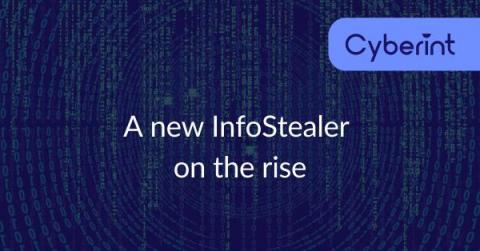Why Security Should be Design Principle Number One
National Cybersecurity Awareness Month (NCSAM), held every October, highlights a key theme each year. For 2022, the theme is: “See Yourself in Cyber.” Cybersecurity is more than a set of principles or tools—people are a major component, helping keep businesses safe by complying with multi-factor authentication, using strong passwords, keeping devices updated with the latest software, not installing unapproved software on devices, and reporting phishing.





